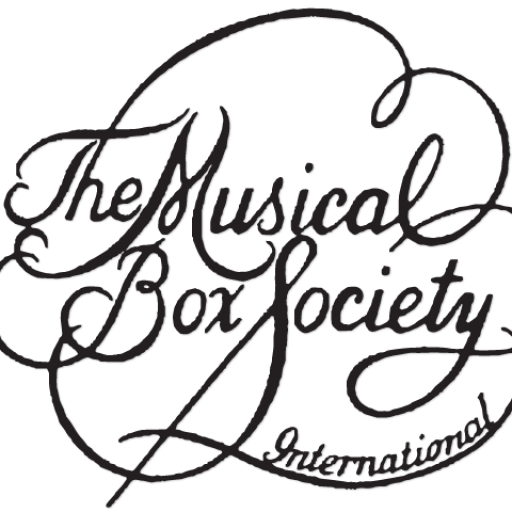Device found in certain coin pianos and orchestrions that enables the patron to select a desired tune by turning a dial or knob, or by dropping a coin in one of several numbered slots. Selectors of several different types were offered by Hupfeld, Cremona, and Western Electric as options. All National Automatic Music Co. pianos included a selector as a standard feature.
tuning weights
The lead weights attached to the underside of the teeth on a musical box comb, especially in the bass section, causing them to vibrate more slowly and thus sound a lower note. Also, the adjustable weights in the Mills Violano that are affixed to leverage arms to keep the strings in tune.
tympani
Kettle drum, or in an orchestrion or organ, kettle drum effect made by smaller beaters on a bass drum. Contemporary spelling is "timpani," but during the golden age of automatic musical instruments, "tympani" was more popular and is used throughout this book. * German: Pauke, Pauken
Una-Fon bells
Bar-type bells, usually with a scoop-like depression in the center, with a closed-end tubular resonator behind each bar, made by J.C. Deagan. The Una-Fon is a hand-played instrument with the bells played by reiterating electromagnets fitted with hard beaters. Due to their unusual shape, resonator length and hardness of the beaters, the bells have a unique sound with a prominent harmonic clang tone. Una-fon bells, also called Unitone bells by Deagan, were used in certain early Cremona Style J orchestrions (as Unatone bells) and Wurlitzer 180 band organs (as Uniphone bells).
unda maris
Literally, "waves of the sea." Two ranks of celeste-tuned string pipes used in dance organs and street organs, usually in the melody section, tuned an octave below the melody violins. The unda maris pipes produce a characteristic undulating sound from which the "waves of the sea" name (in Latin) is derived.
